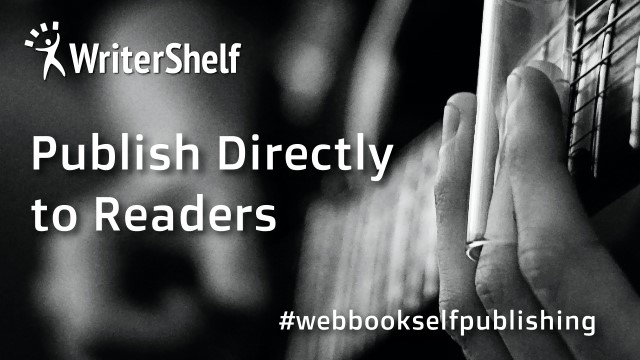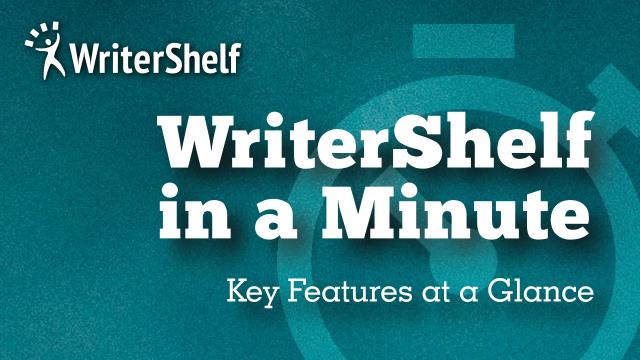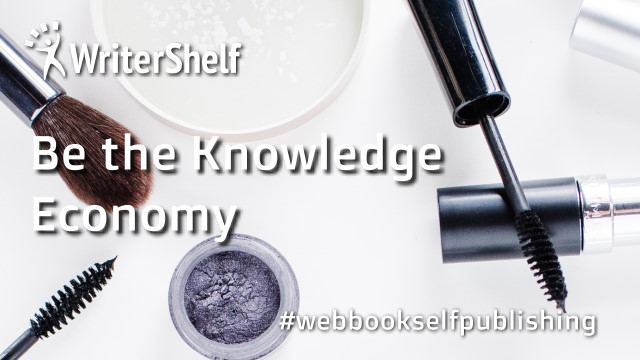Flat vs. Heeled Shoes - To Heel or Not to Heel?
772
0
·
2019/09/28
·
3 mins read
☕
WriterShelf™ is a unique multiple pen name blogging and forum platform. Protect relationships and your privacy. Take your writing in new directions. ** Join WriterShelf**
WriterShelf™ is an open writing platform. The views, information and opinions in this article are those of the author.
Article info
Categories:
⟩
⟩
Tags:
Date:
Published: 2019/09/28 - Updated: 2020/05/25
Total: 519 words
Like
or Dislike
More from this author
More to explore











So you're getting serious about lifting. You’ve started a mobility routine before your big lifts. You warm up and actively stretch. Still using lifting gloves? Not a chance. And guess what? Today is leg day! Awesome. Time to go hulk on some iron. Then you remember seeing those heeled shoes that everyone is wearing when they squat. And they're usually moving some serious weight. Then again, you saw a woman lifting with chucks on the day before and she was scary strong. So you wonder “should I get the heeled shoes. The flats. None of the above,” for 27 minutes straight until you just feel lost. Not to worry! I'm coming with a flashlight, road flares, a lantern, AND a jar full of fireflies to shed some light on the situation.
Flat vs. Heeled Shoes: What are they?
Firstly, what's the difference between flat and heeled shoes? When it comes to heeled weightlifting shoes, the sole (pun intended) purpose of the shoe is to cut the angle your ankle needs to reach, in order to reach depth, in dorsiflexion while doing squats/ squat variations/deadlifts/etc. the heel of the shoe is slightly thicker than the toe, so it creates a sloping decline. Flat shoes on the other hand are just that. Flat. Straight across. No extra assistance. They work to train your body to become more stable during your lifts. So deadlifting and squatting with flat shoes will be a little bit more challenging in the beginning.
Why Should I Wear Flat Lifting Shoes?
One of the main reasons an athlete should wear flat shoes during their lifts is to train the body to better handle loads safely. Muscle recruitment is increased while wearing flat shoes. So for you guys that are a little bit newer to lifting and dealing with heavy weight, you'll probably want to use flat soled shoes for awhile until your body gains enough stability to handle that heavy weight consistently.
Why Should I Wear Heeled Lifting Shoes?
Heeled shoes and why and why not to get them - Now on the other hand, heeled shoes raise the angle of your heel like we just talked about. So getting deeper into those squats and lunges will be easier throughout the movement. Barring you've established a good base of stability (again like we talked about above), adding a little more weight and still maintaining good form will be somewhat easier. Using squats as an example, increased emphasis can now be placed on your quads that may have been missing if you've struggled getting to depth in normal shoes.
Summary
The reality is that these shoes are just tools. You have to be clear on what your goals are, what level you're at, and how much you are willing to invest in those goals. Plenty of people are achieving their goals, physically, by sticking with basic equipment, hard work, and discipline. These shoes won't substitute for those mandatory practices. But they can definitely add to them and enhance your results if you're smart about your approach.
There're No Short Cuts To Gains.
Guillaume Proulx – PROWL SHOES www.prowl-x.com